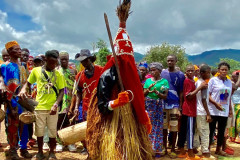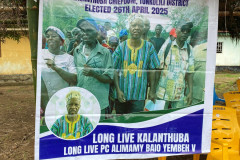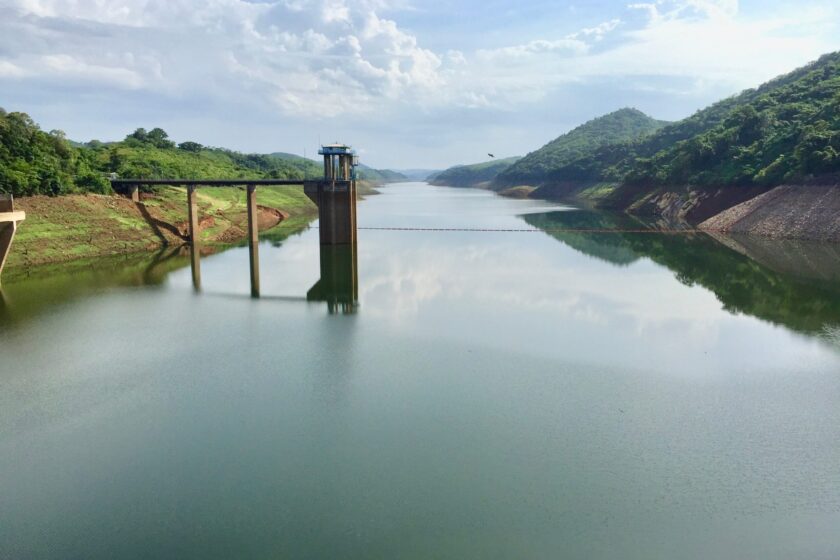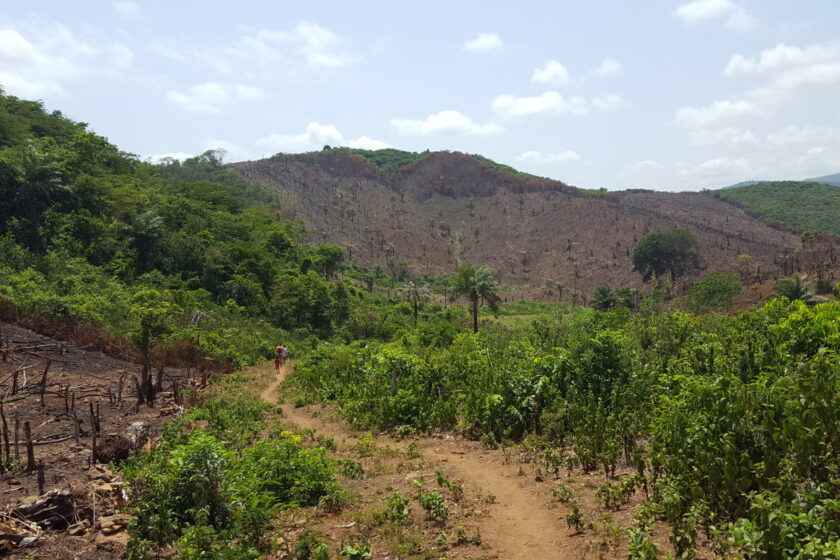Kalanthuba Chiefdom
One Kalanthuba One Family
News
INSTALLED AS PARAMOUNT CHIEF: ALIMAMY BAYO YEMBEH V (May 2025)
Alimamy Bayo Yembeh V (previously known as Daniel Sara Turay) was officially installed as the Paramount Chief of Kalanthuba, on Saturday, 31 May 2025, before a large and enthusiastic crowd of well-wishers in Kamankay Town. The festivities featured much music and dancing as well as congratulatory speeches. Presiding at the event was PC Masakama Madibie II, Chairman of the Council of Paramount Chiefs in Tonkolili District. The honorable Ibrahim Jalloh, Resident Minister for the North-East Region of Sierra Leone, was present to witness the inauguration and add his good wishes.
Well-known to his people, the newly elected PC is widely admired for his leadership. Speaking to the joyous gathering, he pledged his life-long reign to the service of his people and the vigorous pursuit of development. Following on the restoration of the chiefdom in 2017, the inauguration was an historic event. Due to the amalgamation of chiefdoms in the colonial era, PC ABY V is the first paramount chief to be inaugurated in Kalanthuba since 1952.
On Sunday, 1 June, following the installation on Saturday, the Kalanthuba Pastoral Council conducted an open-air inaugural service in honor of the new PC. The Reverend Andrew Sorie Kamara, pastor of Bumbuna Baptist Church and a native of Kalanthuba, delivered a strong message condemning corruption and exhorting the people of Kalanthuba to work together in support of their new leader. After speaking to the assembled people, PC ABY V was anointed with oil in a solemn ceremony of blessing, following by the presentation of a gift to the PC.
More pictures


















